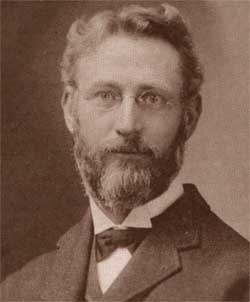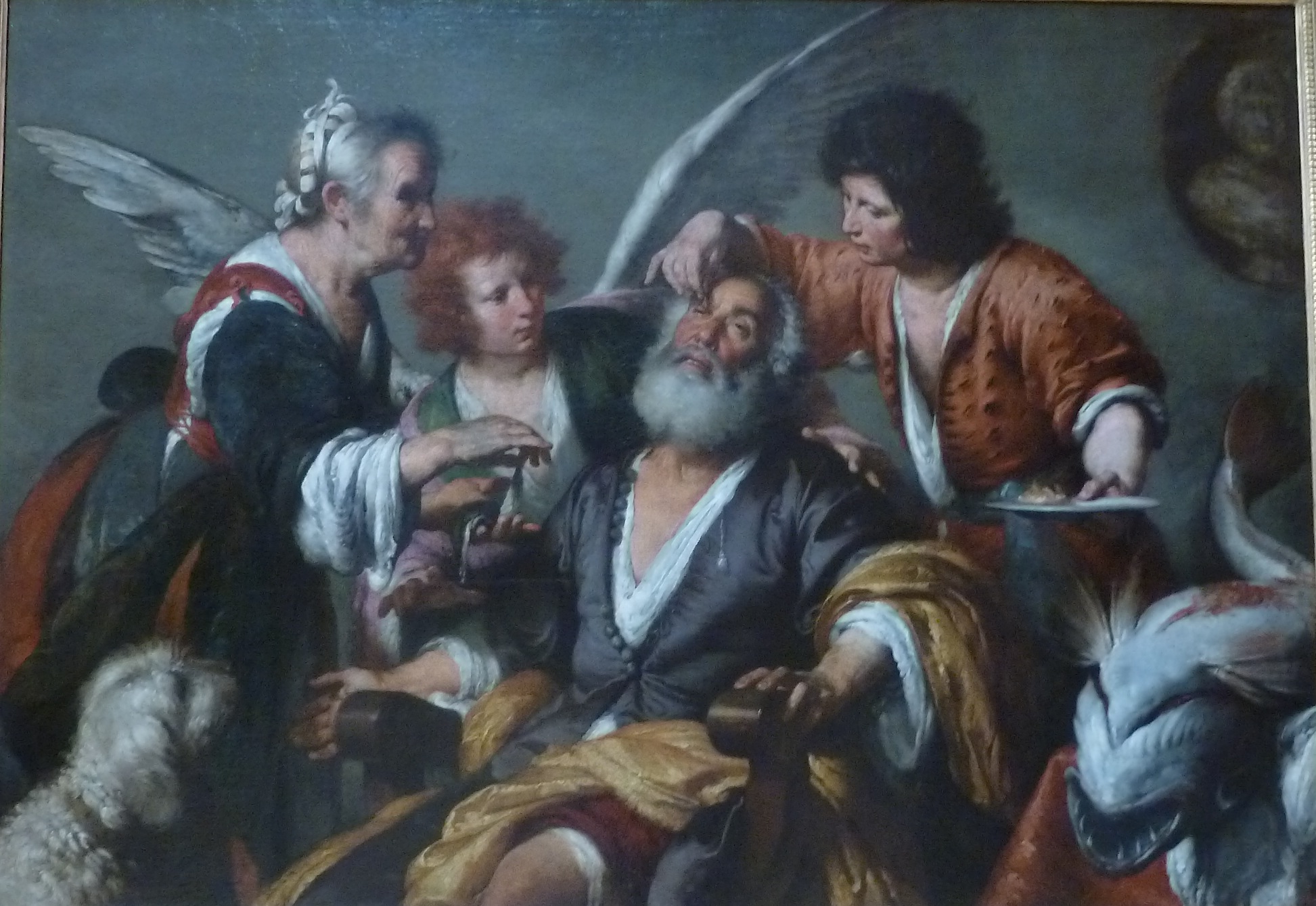In Biblical Theology: Old and New Testaments, Geerhardus Vos engages criticism of Jacob and retells a very interesting recapulation of the story of Jacob where the Patriarchs are interpreted as referencing to Ancient Astrological gods.
Thirdly, it has also been attempted to explain these names from Babylonian antecedents. Sarah was teh goddess of Haran, Abraham a god of the same place: Laban, the moon-god. The four wives of Jacob are the four phases of the moon. The twelve sons of Jacob are the twelve months of the year; the seven sons of Leah are the seven days of the week; the number of men with which Abraham defeated the invaders, 318, constitutes the nubmer of days in a lunar year. (pg 67, Chapter 7, Biblical Theology, Geerhardus Vos).
There are many astrological references throughout the bible, and some are particularly interesting. The Magi were likely Persian Astrologers that were influenced by Jews during the Exile period, and somehow were able to determine the location of the birth of Jesus through an astrological sign. The bible is full of references to the sun, star and moons.
Then he dreamed another dream and told it to his brothers and said, “Behold, I have dreamed another dream. Behold, the sun, the moon, and eleven stars were bowing down to me.” (Genesis 37:9 ESV)
“And there will be signs in sun and moon and stars, and on the earth distress of nations in perplexity because of the roaring of the sea and the waves, people fainting with fear and with foreboding of what is coming on the world. For the powers of the heavens will be shaken. (Luke 21:25-26 ESV)
The Dead Sea Scrolls contains many Astrological fragments such as the Brontologion (4Q318) "thunder discourse" that contains a list of days of the month corresponding to the signs of the Zodiac. The Aramaic Horoscope (4Q561) equates physiognomy to astrological destiny, so that a person's future may be determined by their facial features, and in the same theme the Horoscope Written In Code (4Q186) that also considers facial features as revealing character. Most of these fragmented texts are available in English translations such as the Wise Abegg, Cook edition that I've read.
There's also the famous chapter of 6 in apocraphal book Tobit:
Tob.6 [1] Now as they proceeded on their way they came at evening to the Tigris river and camped there. [2] Then the young man went down to wash himself. A fish leaped up from the river and would have swallowed the young man; [3] and the angel said to him, "Catch the fish." So the young man seized the fish and threw it up on the land. [4] Then the angel said to him, "Cut open the fish and take the heart and liver and gall and put them away safely." [5] So the young man did as the angel told him; and they roasted and ate the fish. And they both continued on their way until they came near to Ecbatana. [6] Then the young man said to the angel, "Brother Azarias, of what use is the liver and heart and gall of the fish?" [7] He replied, "As for the heart and liver, if a demon or evil spirit gives trouble to any one, you make a smoke from these before the man or woman, and that person will never be troubled again. [8] And as for the gall, anoint with it a man who has white films in his eyes, and he will be cured." (Tobit 6:1-8 RSV)





Leave a comment